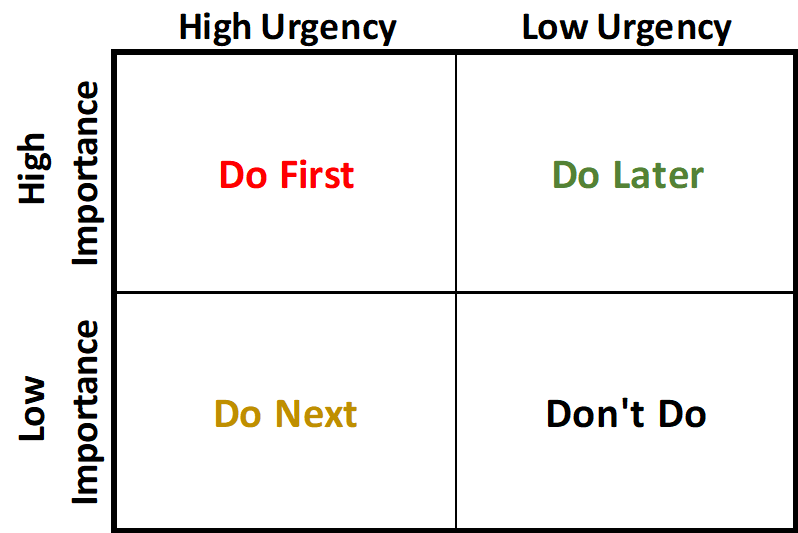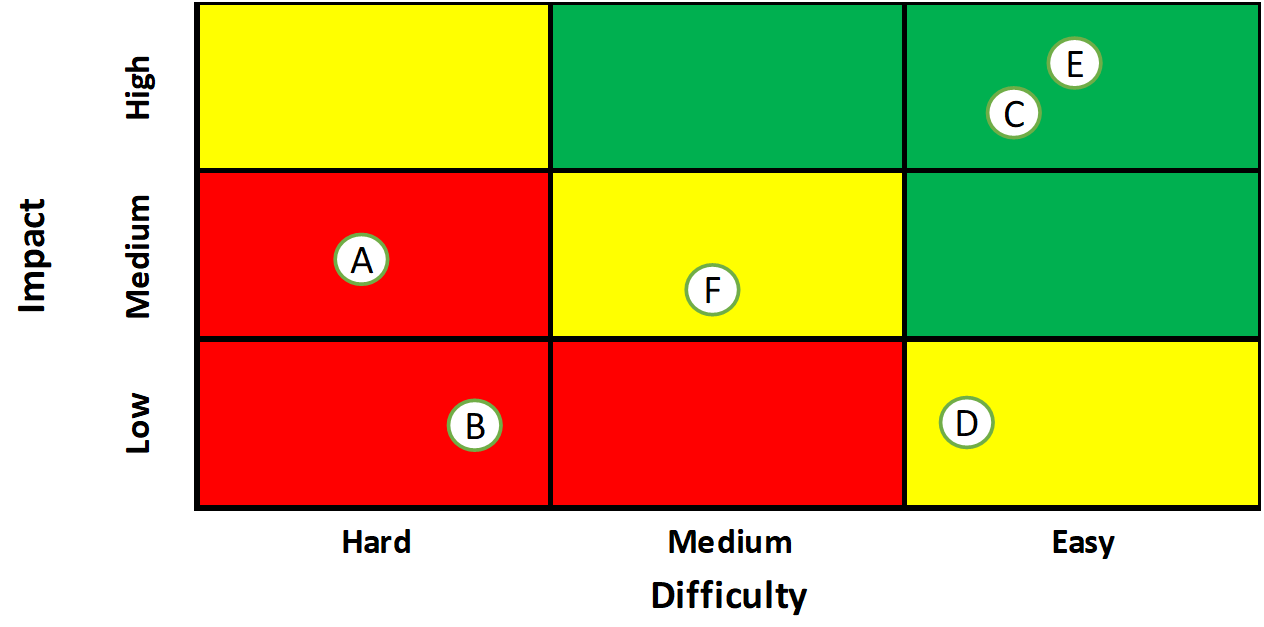Very often, we hear clients, and peers, say “There isn’t enough time in the day to get everything done.” Yup! You are right; often, there is more to do in a day than there is time in a day. However, it all comes down to your daily approach to addressing the proper activities and actions to have the most productive day while positively impacting your business. Unfortunately, many individuals do not take the time to plan out their day or time carefully. After reading this, you will have additional soft skills to properly equip yourself with the proper tools and techniques to manage your time better instead of letting time manage you. So, let us look at what time management is, why it is essential to manage time, and specific techniques in helping with your day-to-day planning.
What is Time Management, and Why is it Important?
Oxford dictionary defines Time Management as “the ability to use one’s time effectively, especially at work.” Nevertheless, we can take a deeper dive into what time management means for you and its impact on oneself. The benefits of managing your time correctly are gaining productivity, improve your reputation, increase opportunities for personal and organizational improvements, and most importantly, less stress in your life and the ones around you.
Not effectively managing your time has the opposite effect. A high likelihood that one that does not effectively manage their time fails to meet deadlines, low quality of work, stalled company productivity or profitability, and a higher stress level than desired. So, what can be done about it?
Techniques in Helping Your Daily Activities and Actions
Let us discuss a few simple techniques; however, before we get into two simple methods, let’s review how to prioritize those tasks effectively.
Managing one’s time helps set priorities based on urgency and importance.
The difference between urgency and importance is critical to understand and know. Urgent tasks are highly time sensitives tasks that demand immediate attention. Important tasks are not time-sensitive but provide long-term value; however, important tasks may become urgent if not addressed. When looking at daily activities, or tasks, one should have the ability to determine what needs to get done today and what can be postponed for a later date based on urgency and importance. Then, rank those activities based on importance and impact on the business, or based on a pareto or barrier identified impacting the business or operation in a negative way.
Let look at the first method of prioritizing your tasks and activities.

- Write out all of your daily activities and tasks, such as a “to-do” list.
- Then, using the chart below, place those tasks in the appropriate quartile.
- Address the top left quartile first because they are activities that are highly urgent and important.
- Next, work on the highly urgent and low important tasks
- Lastly, if time allows, work on the low urgent and high important tasks.
- The remaining tasks DO NOT DO because they are of low importance and can be planned for on another day.
This is one of the simplest methods in time management practices, which will allow you to remain focused on the critical tasks and activities for the day, or week; however, you decide to plan out your work out.
Another method of managing your time is as follows:
- Write out all of your daily activities and tasks, such as a “to-do” list.
- Reviewing the list, determine its impact and difficulty in addressing your activities.
- Each task should have a number or letter associated with it.
- Place the letter associated with each activity and start addressing the high impact but easy to complete activities and so on.
- Then start working on the activities based on the example listed below:
- Activities C & E should be completed first. Then activity D, then F, then A, and lastly, if no other activities arise, B.
- However, recognize that activity B, or activities within the Low Impact and Hard Difficulty to address, may not be worth the $ spend addressing the issue.

As C. Ray Johnson stated, “Prioritizing is the answer to time management problems…You do not need to do work faster or to eliminate gaps in productivity to make better use of your time. You need to spend more time on the right things…”
Doing the right thing at the right time with the right resources, remember that as you plan out your day and the way you prioritize your time. Always have a plan. Understand what you need and want to get done. Make sure that your plan aligns with your organizational goals and have the ability to say you had a good or bad day/week based on what was planned out and accomplished. Remember that you must allow time for the unexpected because unscheduled “emergencies” do arise.
When focusing on your daily activities and tasks, do not allow yourself to over-commit and find ways to tactfully say no to a request. Do not assume that every request is an emergency; therefore, understand the task’s timeline and importance.
In closing, always create a daily plan and use your outlook/email calendar to stay organized. Limit interruptions and time wasters. Target due dates to be early to minimize activities becoming urgent within your business. By limiting interruptions, you are allowing yourself to stay focused on the important tasks at hand. When creating your plan, also try to batch similar tasks and leave appropriate time buffers between tasks.



